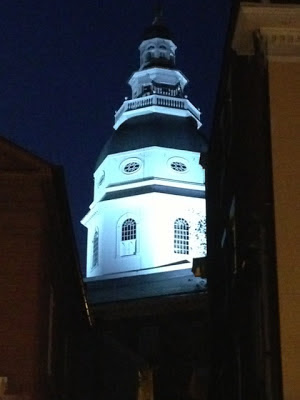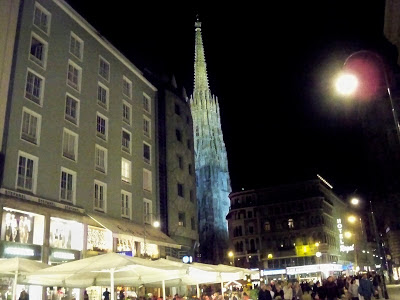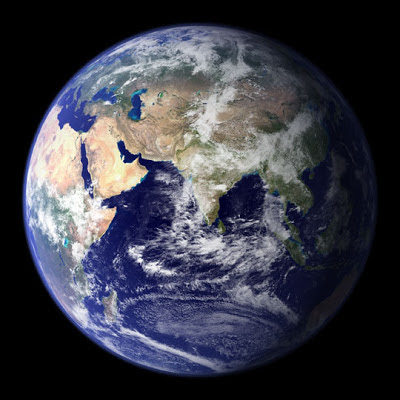Perigee Moon
I saw the moon rising as I rushed to the store on a last-minute errand. It was almost 9 and still light. I pulled the car to a stop at the corner and snapped this photo, which makes the moon look small and faraway instead of large and in-your-face, which is how it appeared outside the view finder.
This morning I learned from the weather guys that this is a perigee moon (closest to earth in its orbit), and the full perigee (also known as a super moon) appears 14 percent larger and 30 percent brighter than the apogee (farthest away in its orbit) moon.
I’m not a big statistics person but from the look of last night’s show, I’d say that’s about right. And it was 40 percent more beautiful — at least.
But just to be sure I’ll be gazing skyward tonight and tomorrow, when the full perigee will once again bridge the gap between heaven and earth.


.jpg)
.jpg)



